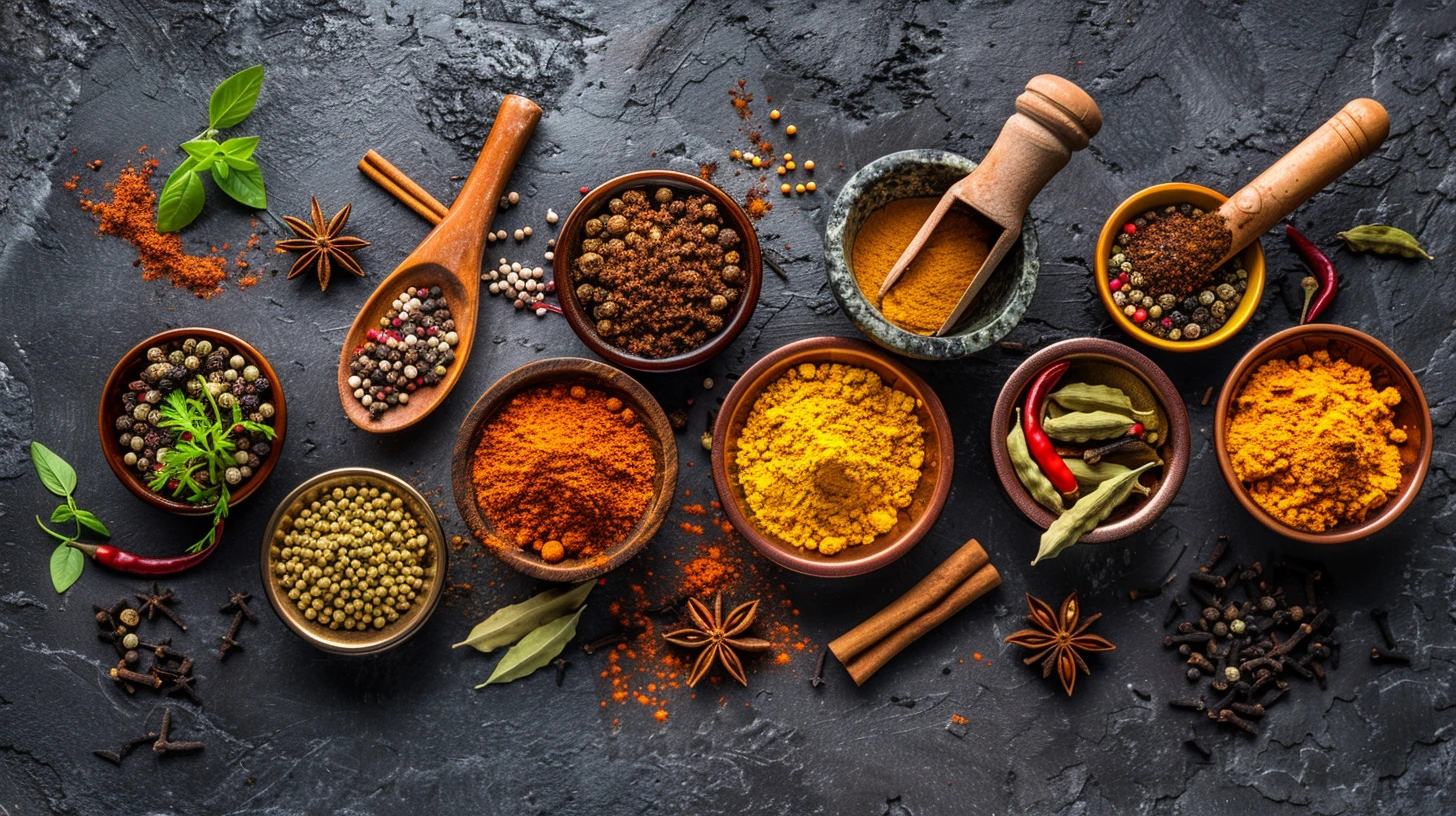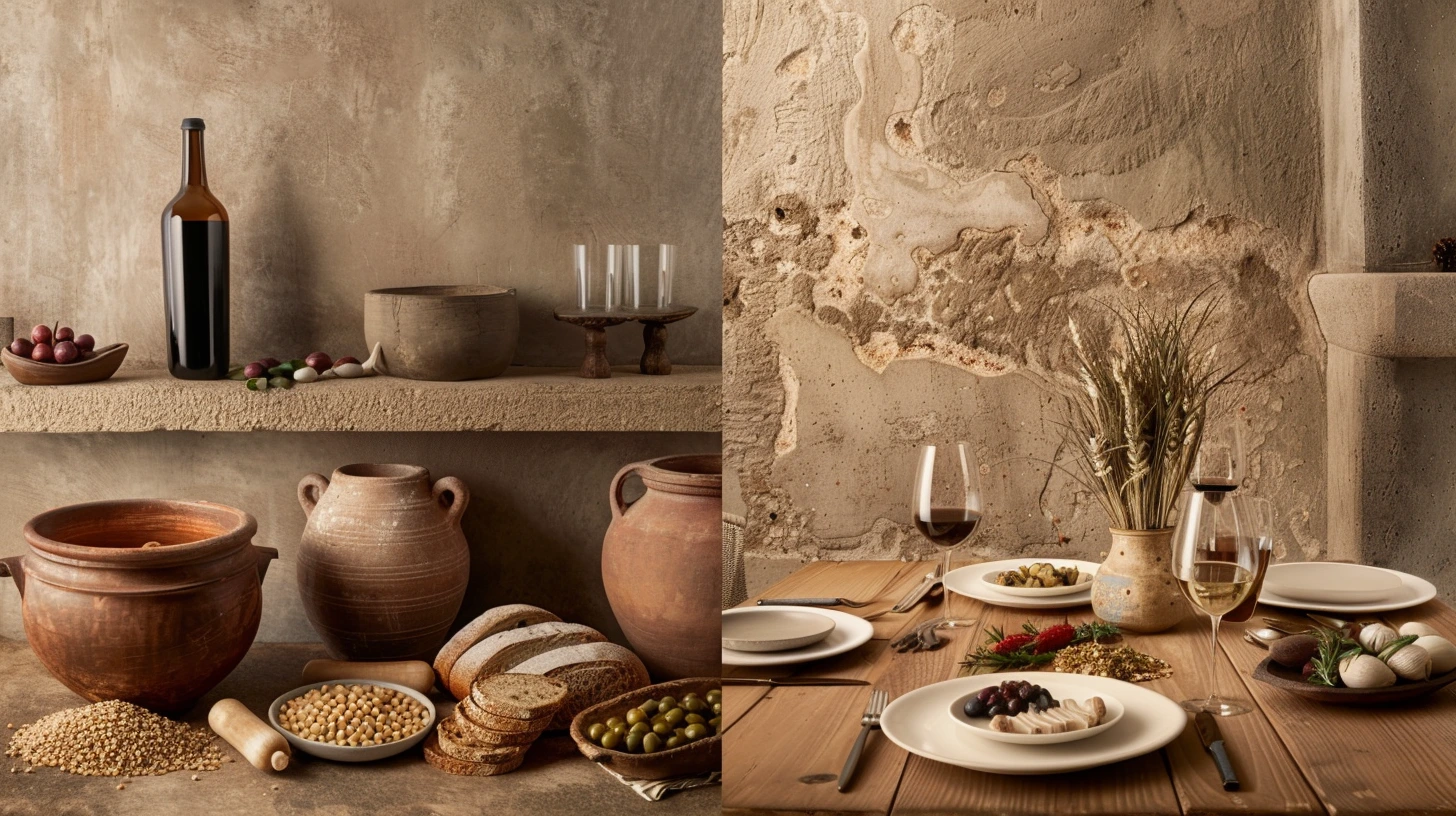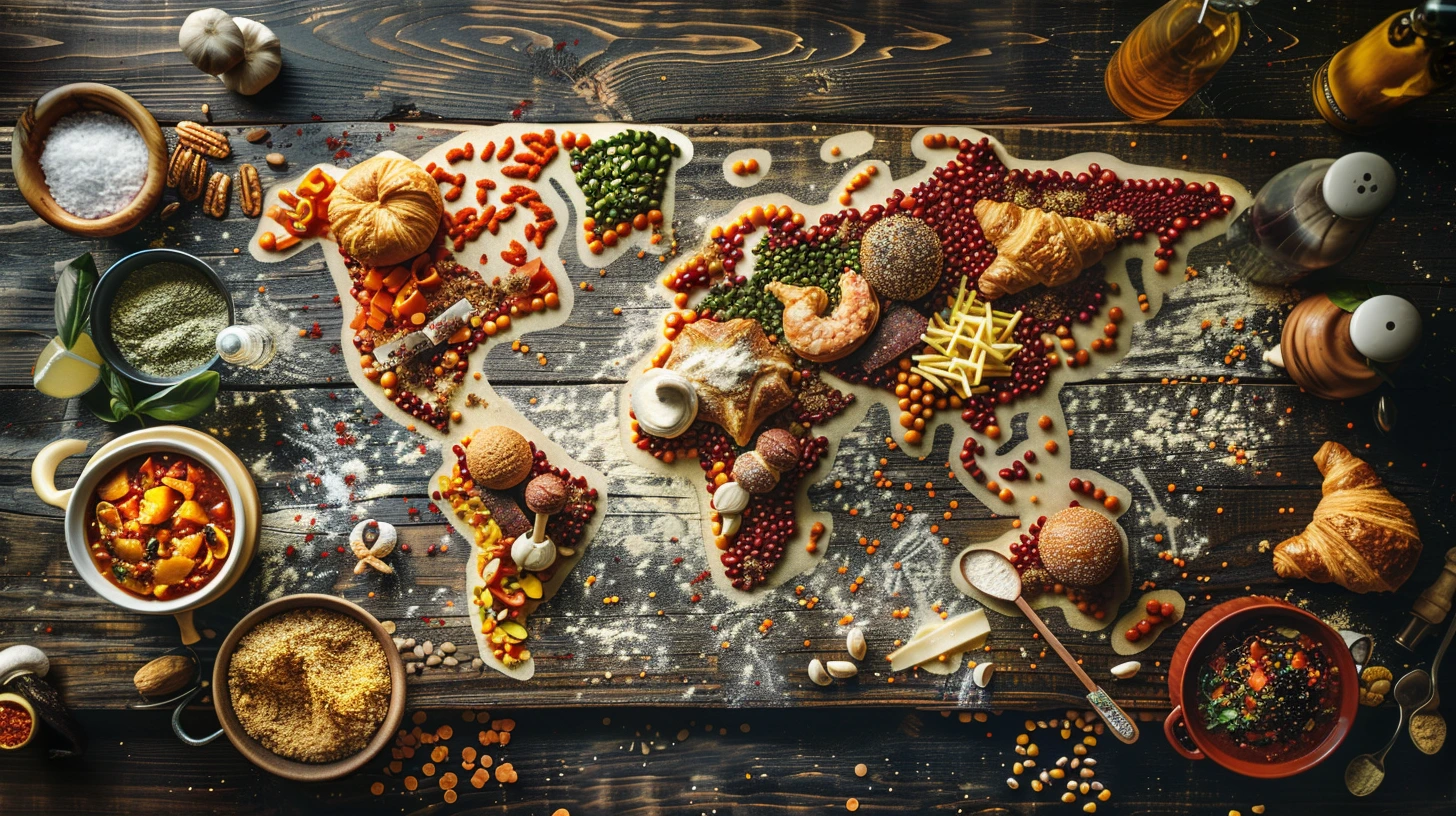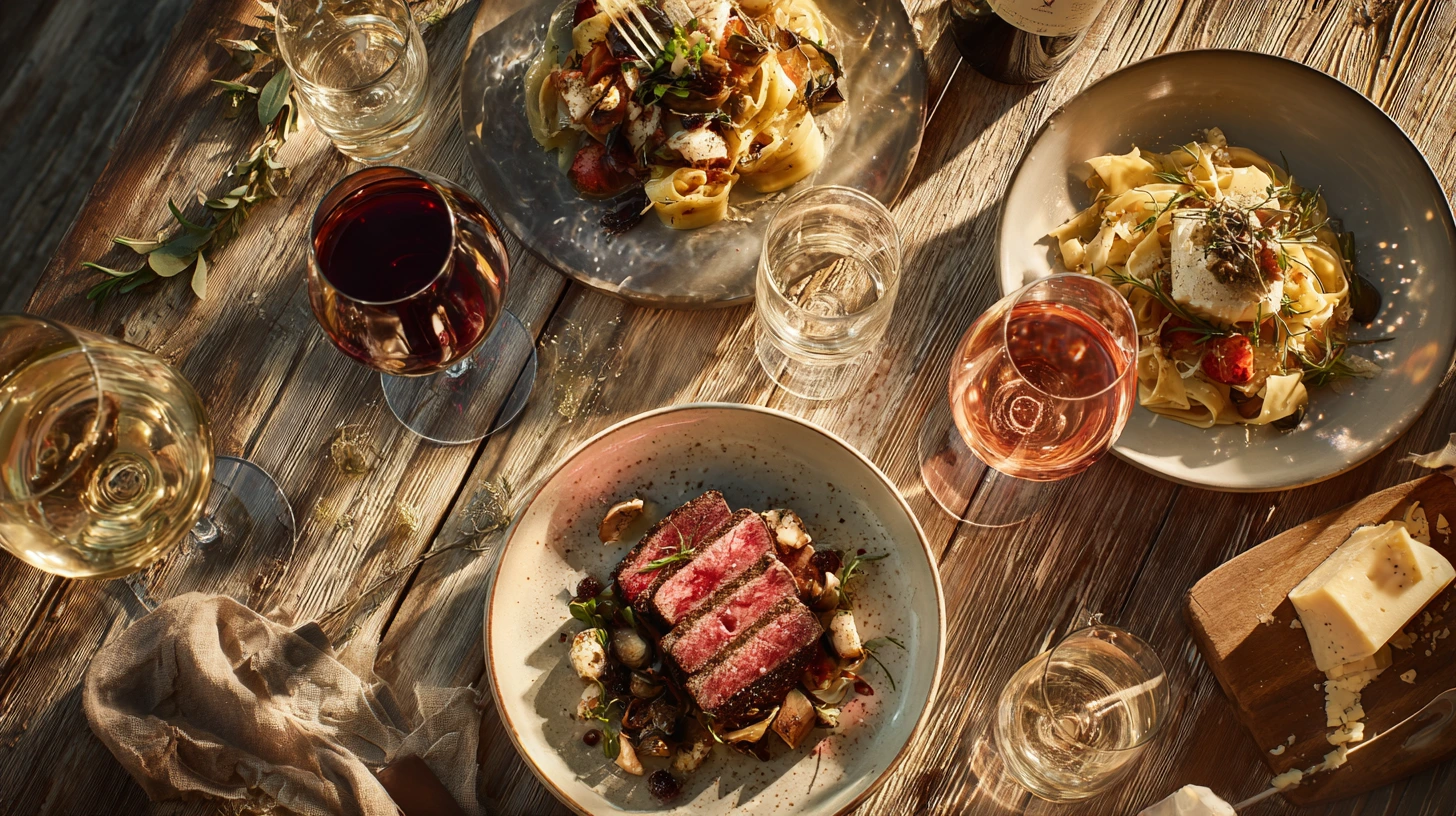Spices have shaped the course of human history. More than ingredients, they have been currency, status symbols, and catalysts for exploration and conflict. From ancient trade routes to modern kitchens, spices travelled across continents, transforming cuisines and connecting cultures.
The Origins of Spice Use
The use of spices dates back over 4,000 years. Early civilisations in India, China, and the Middle East valued spices for flavour, medicine, and preservation.
India. Often considered the birthplace of spice culture—black pepper, turmeric, cardamom, and cloves were central to cuisine and Ayurveda.
Ancient Egypt. Cinnamon, cumin, and coriander featured in cookery, embalming, and ritual practice.
China. A sophisticated view of spice and health informed the use of ginger, star anise, and Sichuan pepper in medicine and cuisine.
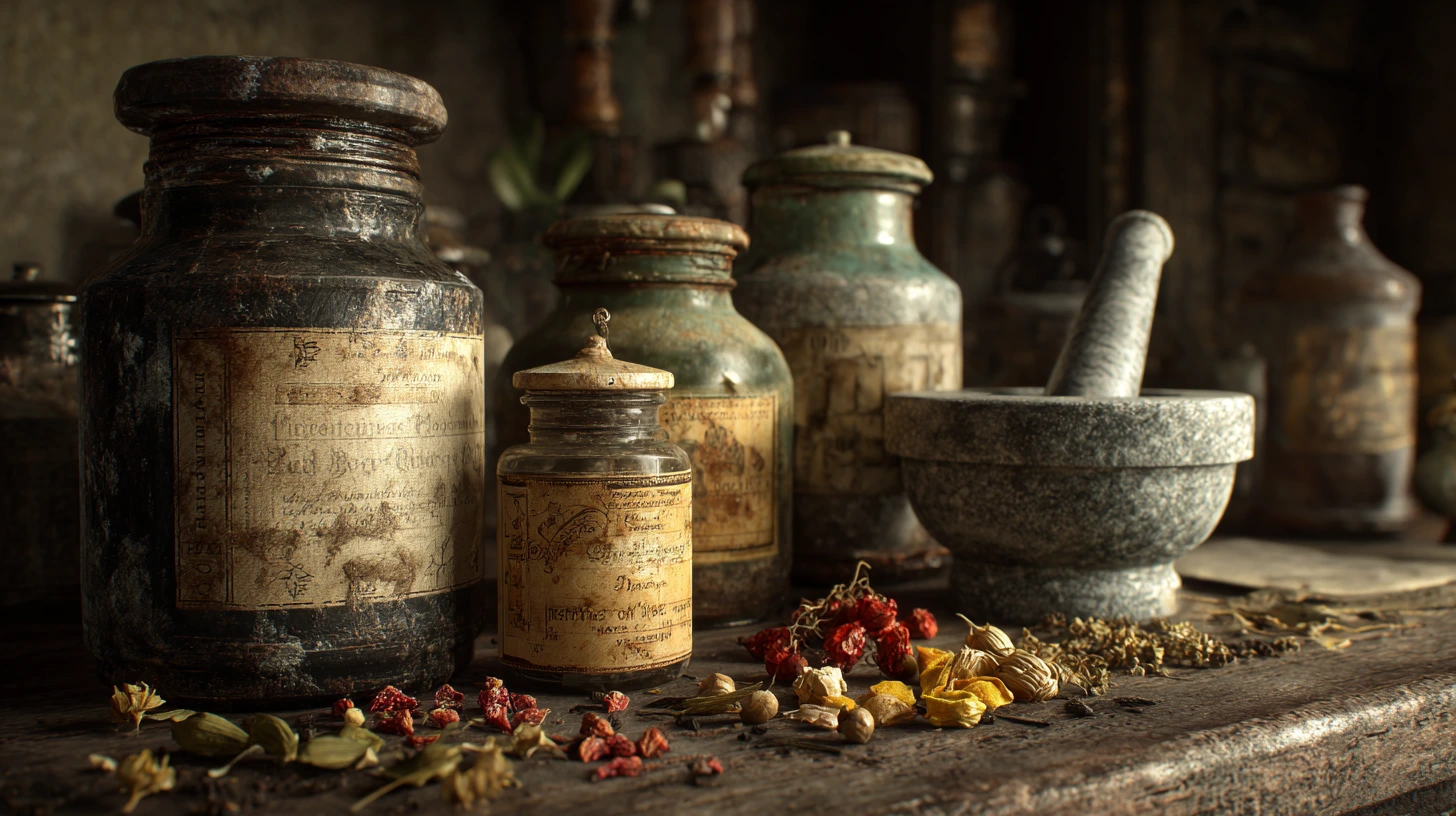
The Spice Trade and Global Exploration
By the 1st century CE, spices were valuable commodities across Europe, the Middle East, and Asia. The Silk Road, and later maritime routes, moved nutmeg, cloves, pepper and more from Southeast Asia to Europe.
During the Middle Ages, spices were luxury goods—at times worth more than gold. European powers launched expeditions to secure direct access to producing regions, notably the Maluku (“Spice Islands”). This quest shaped the modern world—spurring colonisation, global trade networks, and early capitalism.
Key Spices and Their Cultural Roles
Chilli
Origin: Central & South America. Spread: Brought to Asia and Africa by Portuguese traders (16th century). Use: Core to Mexican, Indian, Thai, and Korean cuisines.
Cumin
Origin: Eastern Mediterranean. Use: Middle Eastern, Indian, Mexican, and North African cookery for warm, earthy depth.
Coriander (Cilantro)
Origin: Southern Europe to Northern Africa & SW Asia. Use: Seeds in blends; fresh leaves across Latin American and Asian cuisines.
Turmeric
Origin: India. Use: Staple of Indian curries and Ayurveda; prized for colour and aroma.
Cinnamon
Origin: Sri Lanka (Ceylon) & SE Asia (cassia). Use: Both sweet and savoury; prevalent in Middle Eastern, Indian, and Western baking.
Saffron
Origin: Iran (ancient Persia). Use: A precious dye and flavour in paella, risotto, and Persian rice.
Nutmeg & Mace
Origin: Indonesia’s Banda Islands. Use: European baking, garam masala, béchamel sauces.
Spice Blends Around the World
Signature blends define regional flavour profiles:
- Garam Masala (India): Cumin, coriander, cardamom, cinnamon, cloves, black pepper.
- Ras el Hanout (North Africa): Often a dozen+ spices—turmeric, allspice, nutmeg, and more.
- Chinese Five-Spice: Star anise, cloves, Chinese cinnamon, Sichuan pepper, fennel seeds.
- Herbes de Provence (France): Thyme, rosemary, oregano, marjoram—sometimes lavender.
- Baharat (Middle East): Fragrant black pepper, paprika, cinnamon, cumin, cardamom.
- Cajun Seasoning (Southern USA): Paprika, cayenne, garlic powder, oregano, thyme.
“Across centuries, spices did more than season dishes—they connected economies, beliefs, and people.”

